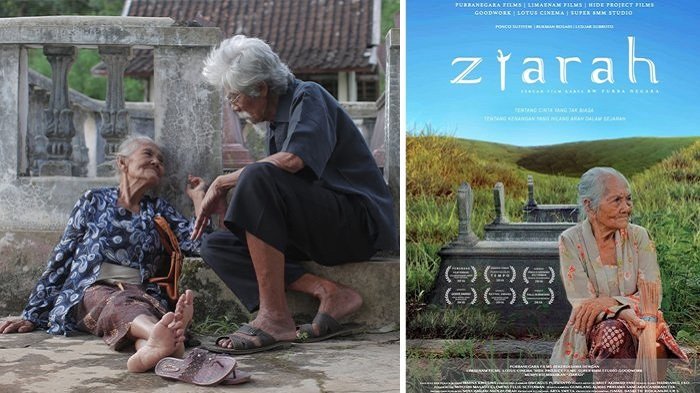journalofserviceclimatology.org – “Ziarah,” a 2016 Indonesian film directed by B.W. Purba Negara, offers a moving exploration of love, loss, and the enduring impact of history. Known for its heartfelt storytelling and cultural depth, “Ziarah” has captivated audiences with its poignant narrative and rich portrayal of Indonesian heritage. The film has garnered acclaim for its sensitive handling of personal and historical themes, establishing itself as a significant work in Indonesian cinema.
Plot Summary
“Ziarah” follows the journey of Mbah Sri, an elderly woman from a village in Yogyakarta, as she embarks on a quest to find the grave of her husband, who disappeared during the Indonesian National Revolution. Accompanied by her grandson, Prapto, Mbah Sri’s search takes her through landscapes marked by history and personal memory. As they encounter various individuals along the way, the film weaves together stories of the past and present, exploring themes of reconciliation and remembrance.
Themes and Symbolism
The film delves into themes of memory, history, and the search for closure. Mbah Sri’s journey is emblematic of the broader quest for understanding and healing in the wake of historical trauma. “Ziarah” highlights the importance of preserving personal narratives and cultural heritage, emphasizing how individual stories contribute to the collective memory of a nation. The film’s title, which means “pilgrimage” in Indonesian, underscores the spiritual and emotional aspects of Mbah Sri’s quest.
Cinematography and Style
“Ziarah” is noted for its evocative cinematography, capturing the beauty and diversity of the Indonesian landscape. Director B.W. Purba Negara employs a naturalistic style, using intimate shots and a contemplative pacing to draw viewers into Mbah Sri’s world. The film’s visual language complements its thematic depth, creating a reflective atmosphere that enhances the emotional resonance of the narrative.
Reception and Impact
“Ziarah” received critical acclaim for its heartfelt storytelling and cultural authenticity. It was celebrated for its ability to address historical themes with sensitivity and nuance, earning recognition at various international film festivals. The film’s success has contributed to a growing appreciation for Indonesian cinema, highlighting the potential of local stories to engage global audiences.
Conclusion
“Ziarah” stands as a testament to the power of storytelling in bridging personal and historical narratives. Through Mbah Sri’s journey, the film invites viewers to reflect on the enduring impact of the past and the importance of preserving memory. As a beautifully crafted exploration of love, loss, and resilience, “Ziarah” continues to resonate with audiences, offering a poignant glimpse into the heart of Indonesian culture and history.
